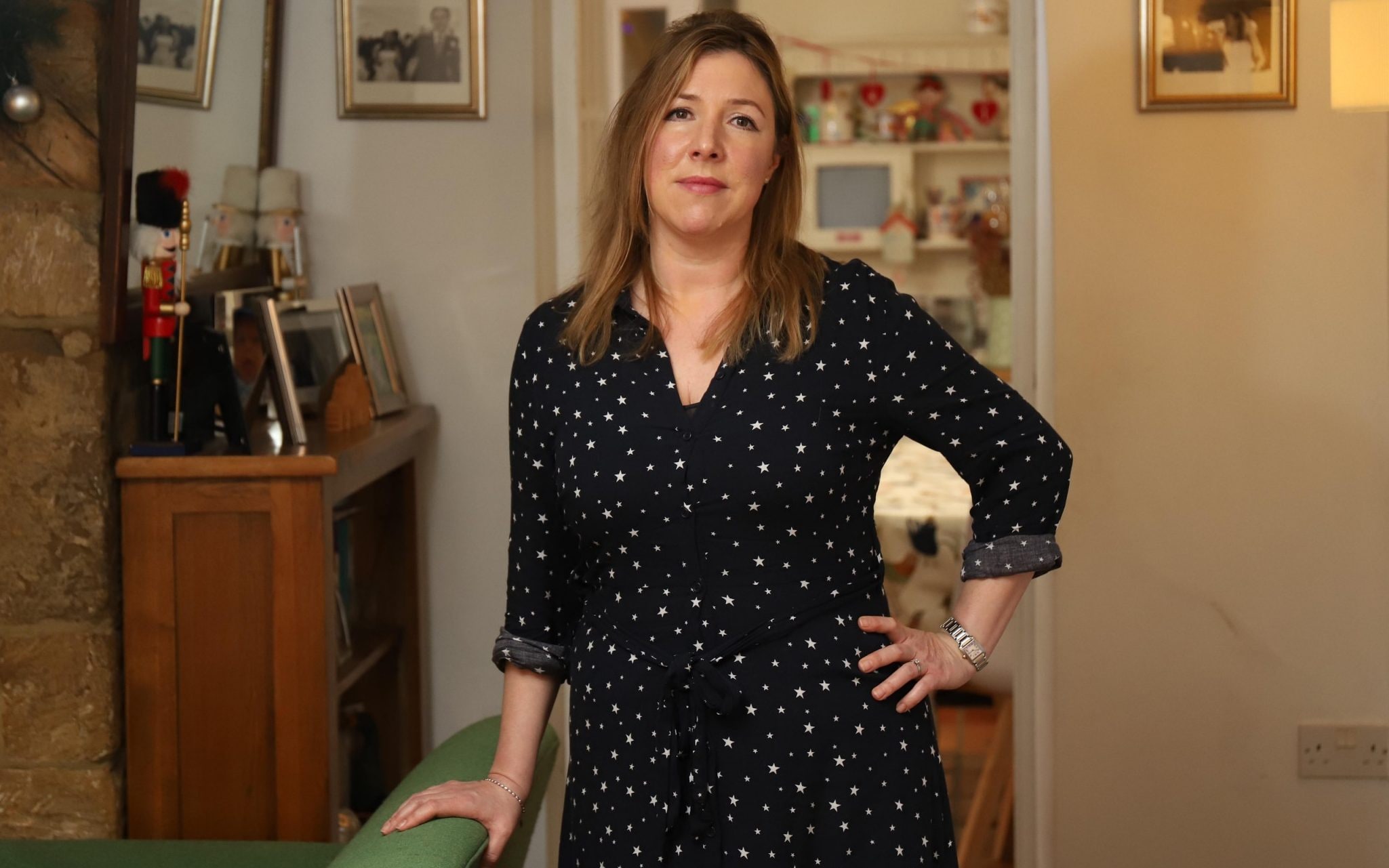
HOW SOUND THERAPY MELTS AWAY STRESS: HONG KONG BUSINESS OWNER DESCRIBES A SESSION; TWO THERAPISTS DISCUSS ITS BENEFITS
- 'Clients feel a sense of peace and ease. Depression, anxiety, fear and disengagement evaporate,' Hong Kong therapist Martha Collard says of sound therapy
- Sukhjit Kang understands the scepticism surrounding such therapies, but urges others with emotional health issues to try an 'instantly relaxing' gong bath
After Sukhjit Kang attended his first sound healing session in 2019, he left feeling like a new man.
A friend had recommended it because Kang was anxious, had insomnia, and led a stressful life raising two young children and running his own product-sourcing business in Hong Kong.
While he did not know what to expect and was sceptical, he is glad he decided to try the gong bath. The session worked wonders.
Do you have questions about the biggest topics and trends from around the world? Get the answers with SCMP Knowledge, our new platform of curated content with explainers, FAQs, analyses and infographics brought to you by our award-winning team.
"As I lay on my mat, the sound therapist ... put everyone at the session at ease. Then she used a gong to create these amazing sounds that bounced off the walls and which I found instantly relaxing," says the 47-year-old.
Up to that point, Kang had tried other relaxation techniques, such as breathwork, but nothing quite relaxed him in the same way as sound healing did.
"My stress melted away and I felt like a weight had been lifted off my shoulders," he says. "I felt so safe and calm in that space."
What's all the noise about sound bathing, and does it work?
The therapist, Melisa Fu O'Connor, had been struggling with emotional issues, namely depression, when she first experienced sound healing in 2018.
She was attending a yoga class at Red Doors Studio in Wong Chuk Hang in Hong Kong, and at the end of the session, the teacher and studio founder Martha Collard played the gong for 15 minutes.
"After this brief period of rest, I felt rejuvenated," says O'Connor, 46, who now runs Lucid, a Hong Kong-based holistic lifestyle company.
"Intrigued by the profound impact it had on me, I committed to attending the class every week.
"Remarkably, this regular practice became the most effective form of therapy for managing my depression.
"Although it was the yoga itself that ultimately facilitated my full recovery, I was inspired to give back by embarking on a journey as a sound therapist. I found this particular practice to be effortlessly accessible to anyone, and it became my way of sharing the profound benefits I had experienced."
How anxiety and depression raise the risk of 29 physical health conditions
O'Connor, who learned sound therapy from Collard, describes sound healing as a practice that harmonises the mind, body and spirit through the power of sound.
It is based on the belief that everything in the universe is in a state of vibration, including our bodies.
"When our vibrations become disrupted, it can lead to disease," she says. "The soothing sound and vibrations help induce a state of deep relaxation.
"As the body relaxes, the mind naturally starts to slow down, and the brain waves transition from the more active beta or alpha states to a slower theta state.
"In this theta brain wave state, the mind becomes calm as your awareness expands and receptivity heightens. This is the state, also called the lucid dream state, where you can access your subconscious mind, tap into your intuition, and explore your inner realms."
Sound healing: how it can improve mental health in stressed city dwellers
Sound healing therapy employs a range of equipment and techniques that include:
-
Singing bowls Metal or crystal bowls that produce soothing tones when played with a mallet or rubbed with a wand. The bowls' vibrations and resonances can help relax the mind and body.
-
Tuning forks These are metal instruments that produce a specific frequency when struck. Placing them near the body or on certain "energy points" can help balance and is said to align the body's energy.
-
Gongs: The deep, resonant sound of a gong can create powerful vibrations. Its reverberations can help release tension and "stagnant" energy, allowing for deep relaxation and rejuvenation.
-
Chimes and bells: These produce gentle and soothing tones that can aid in meditation, relaxation, and clearing "stagnant" energy.
-
Drumming: The rhythmic beats can help induce a meditative state. This technique has been used for centuries in various cultures to promote emotional release and restore balance.
-
Voice and mantras: The human voice is a powerful instrument for healing. Chanting mantras or singing specific frequencies is said to help activate energy centres, clear blockages, and promote overall well-being.
Stressed out in Hong Kong? Try sound therapy with a gong bath
Collard, who has been collecting anecdotal evidence of the benefits for years, believes that sound healing can be both preventive and therapeutic.
"In my experience, the gongs have benefited clients on a physical, emotional and spiritual level," she says.
People with physical ailments such as arthritis, chronic pain, nerve damage from cancer treatments, bruising, concussion, epilepsy, diabetes, kidney stones and slipped discs, have all benefited, she says.
"Emotionally, clients feel a sense of peace and ease. Depression, anxiety, fear and disengagement evaporate, leaving positivity, optimism and hope."
Sound healing therapy is suitable for nearly everyone, Collard says, although she cautions against it for women in their first trimester of pregnancy. She has given gong experiences to infants as young as 11 months old - a baby with brain cancer - and her oldest client was 96.
She says everyone needs rest, and the gongs offer a quick, easy way to achieve it. "For when the body is rested, our immune system is activated and we naturally achieve equilibrium," she says.
O'Connor adds that sound healing is a complementary therapy and no substitute for professional medical advice.
'Harness that power': how music is becoming the latest wellness trend
Each sound therapy session is unique - an aspect she relishes. She often feels fully rested after an hour-long session, as if she has just had a full night's sleep.
"It's calming and energising at the same time," she says.
"Being a curious person, I'm also always excited about the journey that I'm about to go on during each session, as it often varies according to my mood, energy and environment.
"A moment of self-reflection after each session can sometimes help us find answers and insights within ourselves."
Never had a sound bath? Live recordings bring you closer to the practice
Kang understands the scepticism associated with complementary therapies, but says that such forms of healing can be effective.
"But it's important to find a practitioner whom you trust and feel safe with, and to go into the session with an open mind," he says.
"Not everyone feels comfortable discussing their problems with a counsellor, so if you're thinking about trying sound healing to help with your emotional health challenges, I'd tell you to give it a go."
Like what you read? Follow SCMP Lifestyle on Facebook, Twitter and Instagram. You can also sign up for our eNewsletter here.
More Articles from SCMP
Hong Kong-born basketball players found their feet in the US, and now they’re shooting for the stars
Should China’s once eastern backwater, Hefei, be an innovation poster child or a cautionary tale?
This article originally appeared on the South China Morning Post (www.scmp.com), the leading news media reporting on China and Asia.
Copyright (c) 2024. South China Morning Post Publishers Ltd. All rights reserved.
2024-05-04T03:46:00Z dg43tfdfdgfd











